Kirkland Lake, Newmarket merger means money
In mid-June of this year, Tony Makuch was named president and CEO of Toronto-based Kirkland Lake Gold. However, before he officially took office, someone came knocking with one of those proposals that was – well – hard to resist. That someone was Doug Forster, president and CEO of Vancouver-based Newmarket Gold, and what he had in mind was a merger with Kirkland Lake.
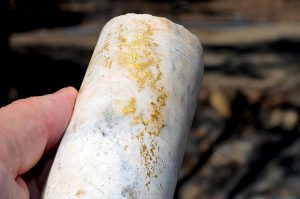
Visible gold from the Fosterville mine
As it happens, Newmarket owns three underground gold mines in Australia while Kirkland Lake owns four producing underground mines in Ontario, and a merger would create a mid-tier gold producer with over 500,000 oz of production in 2016.
“I hadn’t officially started with KL, but I thought why sit on my hands for six months if there’s value to create for shareholders,” Makuch recalled in an interview. “I always say the company belongs to the shareholders. We just get the pleasure of doing this stuff.”
The two executives and their teams concluded a definitive agreement in late September that will create a company with a market capitalization of approximately $2.4 billion and plenty of upside potential.
Kirkland Lake shareholders will own 57% of the new company while Newmarket shareholders own the balance. Makuch will remain as CEO and his management team will run the merged entity, but the Newmarket group will retain two seats on the nine-member board.
“I feel very confident handing the reins to Tony,” says Forster. “My vision for Newmarket and Tony’s vision for Kirkland Lake were very much aligned. This will give us the strength in the capital markets that you wouldn’t have as smaller companies. We’ll have the ability to finance and explore more aggressively.”
The new company’s portfolio of properties includes five small producers and two core assets – the Macassa mine (average reserve grade of 19.2 g/t gold) in the Kirkland Lake camp and the Fosterville mine (average reserve grade of 7.0 g/t gold) in the Australian state of Victoria.
Macassa was in production continuously, although under various owners, from 1933 until June 1999 when Kinross Gold wound it down. It was one of four mines along a geological formation in the Kirkland Lake area known as the Main Break and those operations collectively yielded over 50 million oz of gold.
In 2001, a junior company called Foxpoint Resources, later re-named Kirkland Lake Gold, acquired Macassa along with the three other mothballed operations on the Main Break – the Lakeshore, Teck-Hughes and Wright-Hargreaves mines.
The new owners de-watered the Macassa down to 1,340 metres and embarked on an ambitious exploration program that yielded a promising new discovery that runs roughly parallel to the Main Break and south of it and hence was named the South Mines Complex.
“It’s a pretty exciting discovery and we’ve still only touched the potential of that deposit,” says Makuch. Even at that, the SMC and Main Break deposits contain proven and probable reserves of 1.46 million oz.
Late last year, Kirkland Lake added to its already hefty portfolio of properties when it reached a merger agreement with another junior producer named St Andrews Goldfields, which had revived three historic producers in the Timmins area – the Holt, Holloway and Taylor mines.
With that acquisition, Kirkland Lake boosted its annual production to the 200,000 to 225,000 oz range.
That’s where things stood when Newmarket came knocking. Forster and five partners formed Newmarket in 2013 for the expressed purpose of acquiring producing gold mines. They focused their efforts on North America and Australia and visited dozens of mines before settling on a small Australian company called Crocodile Gold that owned three producing properties.
“It was an odd company,” says Forster. “They were doing great on site at the three mines. Their costs had decreased 40 % over the previous three years and they had very good operational teams at the mines, but they were almost unrecognized in capital markets. They never traded more than 50,000 shares a day on the TSX.”
Newmarket acquired Crocodile in July, 2015 and its three mines – Fosterville, Stawell and Cosmo – in a complex cash and stock deal with shareholders and a New York hedge fund, which controlled 56% of the company’s equity.
The Fosterville mine, located 130 km from the city of Melbourne in southeastern Australia, is the largest producing gold mine in the state of Victoria and commenced production in 2004. This year, Fosterville celebrated an important milestone of pouring its 1 millionth oz of gold. “We made a major discovery there just after the deal closed when we discovered the new eagle zone containing high grade, visible gold,” says Forster. “This was a major inflection point in terms of the reserve grade, the production and in terms of costs. We now have nine drill rigs active at Fosterville and will publish new resource estimates before year end.” Fosterville is targeting annual production of 130,000 -140,000 oz this year.
The Stawell mine, 250 km northwest of Melbourne, has produced non-stop since 1984. The mine yielded, on average, slightly over 100,000 oz annually from 2000 to 2009. However, production has since fallen off and output this year is expected to come in at 35,000 ounces.
Commercial production at the Cosmo mine in the Northern Territory, south of the city of Darwin, commenced in 2013 and will yield 60,000 oz this year, but the company has been exploring aggressively and Forster predicts that: “We see many years ahead for that mine.”
As for his own future, he plans to start from scratch all over again. “My expertise is in building companies,” he says. “I’ll go off, find great assets and great people somewhere in the world and build value for shareholders.”
Meantime, Makuch and his team will run the larger company and he foresees no difficulty merging two operations spanning two continents and seven mines.
“If I were underground in Australia I We see an additional 100,000 ounces of gold
could just as easily be underground in Kirkland Lake except for the accents of the workers,” he says. “It’s the same drill bits, same trucks, same scoop trams, same rock bolts. It’s almost like you’re in the same mines.
Instead, he sees exceptional opportunities ahead. The larger operation is starting with $270 million in cash and its mines will generate over $200 million free cash flow per year, which can be used to finance exploration and development.
“We can inject money into diamond drilling and find new deposits or extensions of existing deposits,” says Makuch. “It only bodes well for increased organic growth.
Furthermore, the company’s mills both in Australian and Canada, at Macassa, Holt Holloway, Fosterville and Cosmo are all operating below capacity and can handle any increased output from the mines.
“As a larger company, we have more financial strength and the ability to do more exploration,” Makuch adds. “We can take a longer view and build a long-term sustainable operation.”
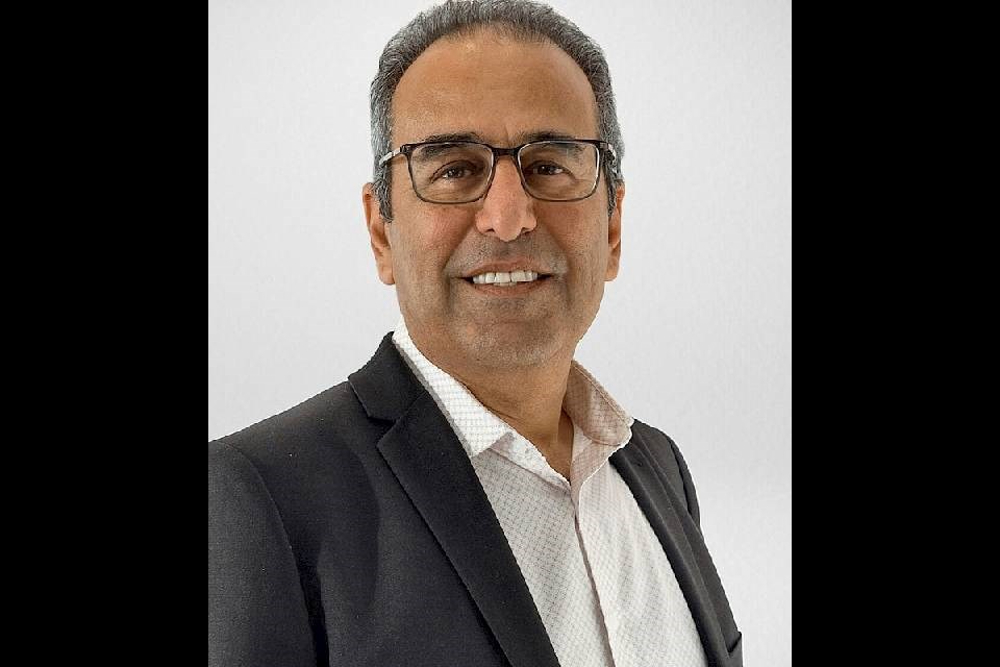
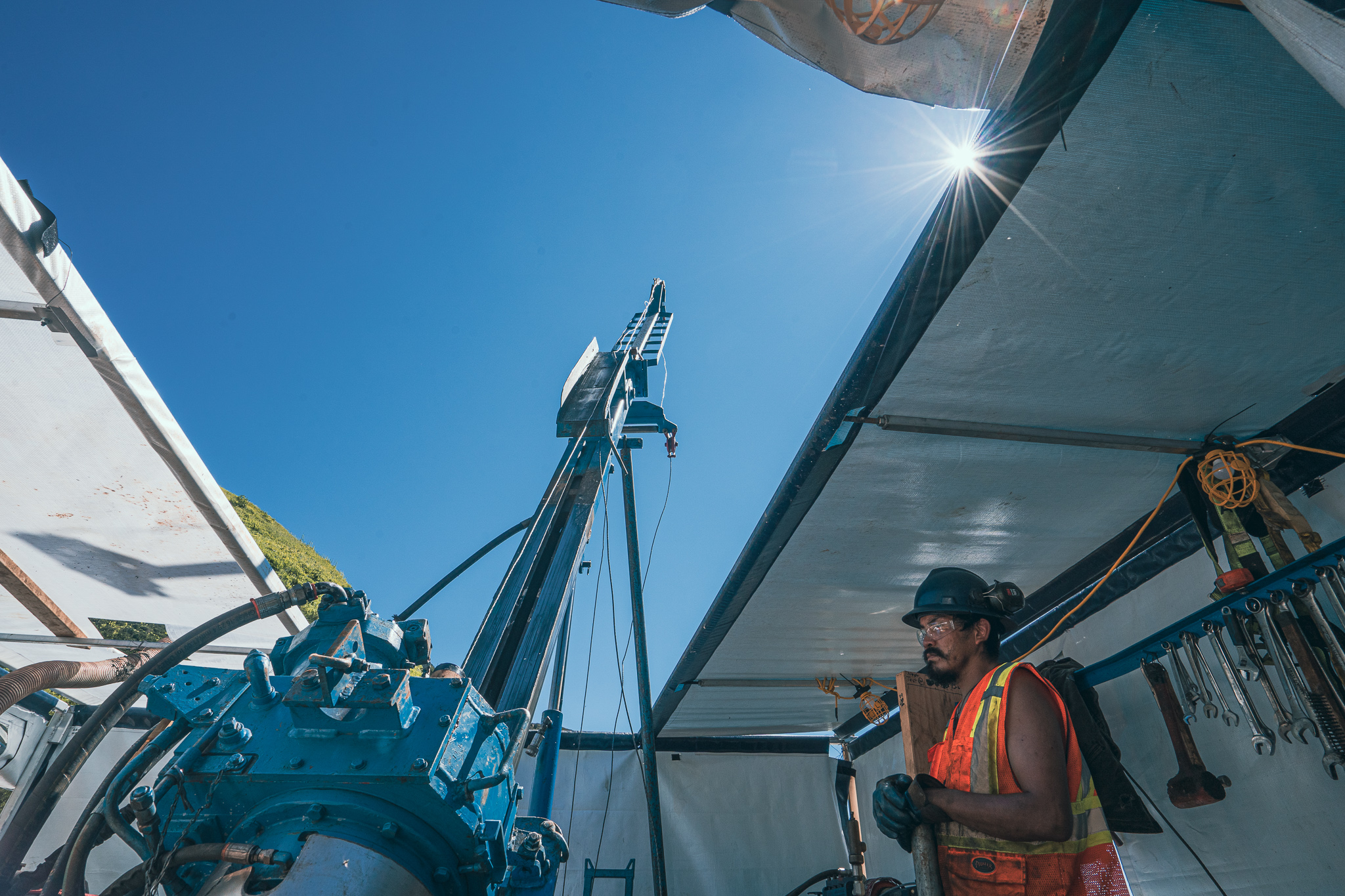

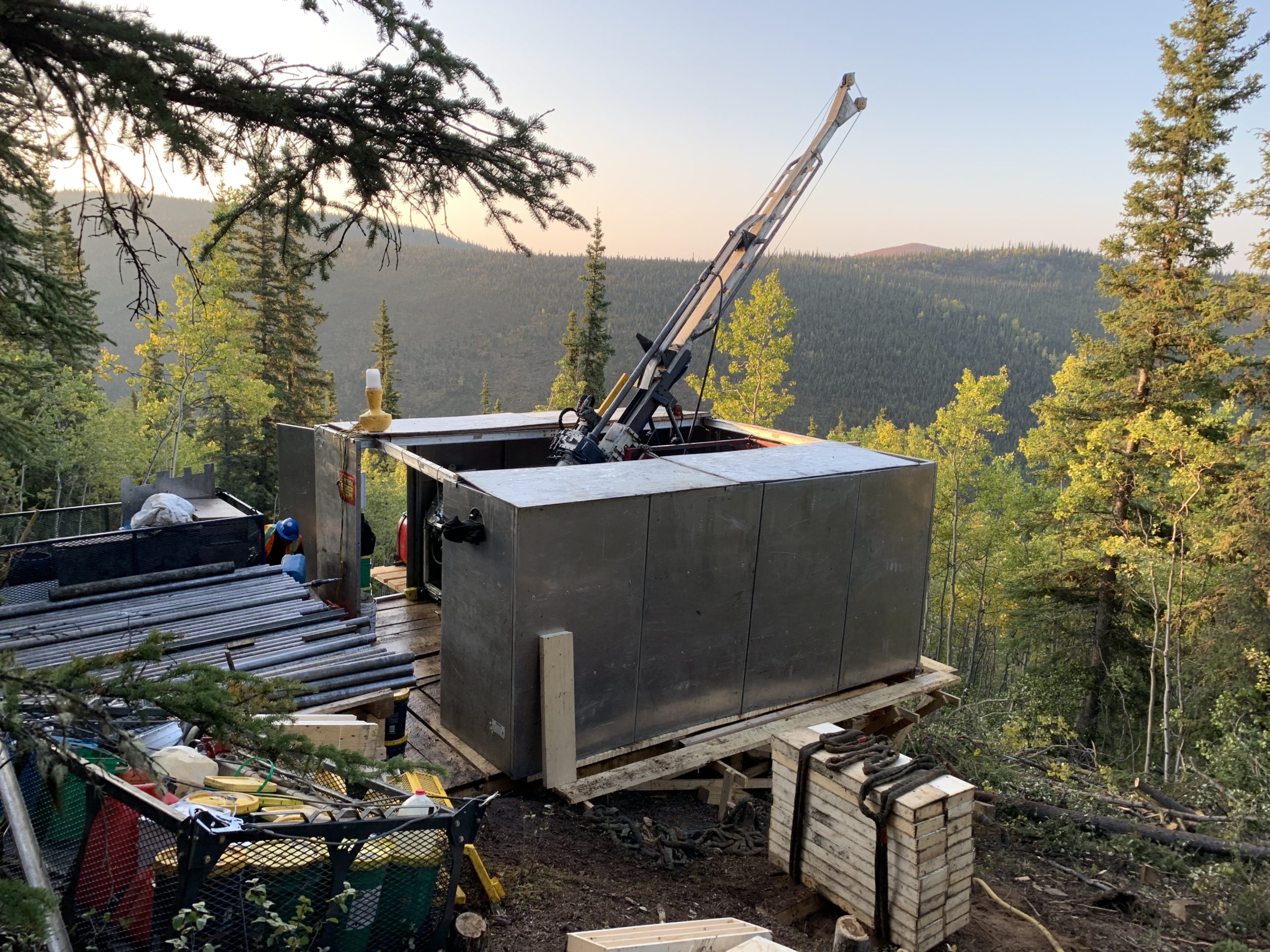
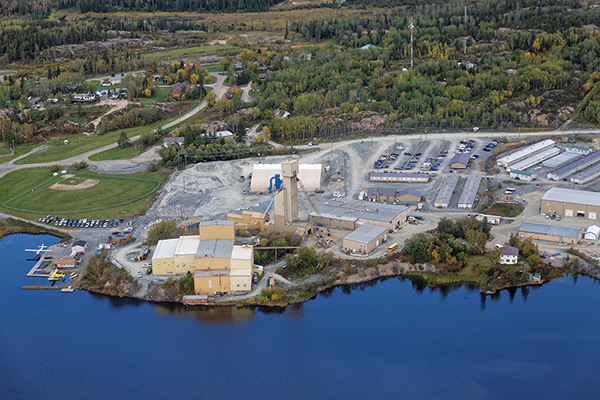
Comments